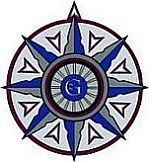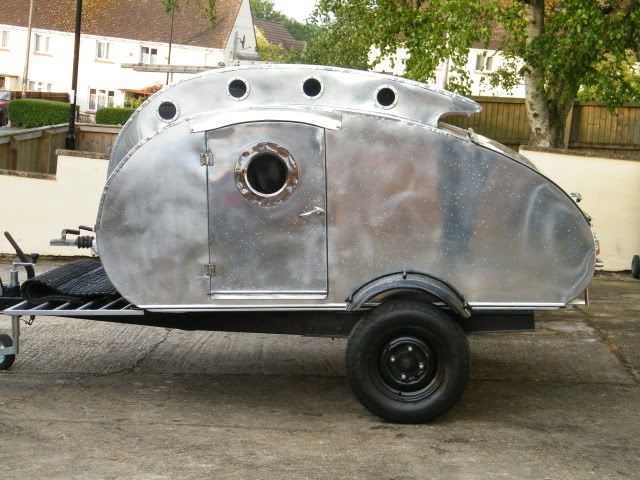good ideas;
"slather the male plug recepticle with di-electric grease to keep the water out"
some sort of water deflector or cover is also a good idea; I'm considering a self closing exterior plastic cover after considering the problems ...
but this will not replace loose connections as mentioned ...
Cheers Dave
Are shore power inlets dangerous?
42 posts
• Page 3 of 3 • 1, 2, 3
I had another thought. I had one of the clear end 12 ga extension cords from Harbor Freight that when I first plugged it in sparked. Looking through the female end afterword I could see no cause but did see some discoloration. I have continued to use the cord.
There is some indication that some Chinese made cords are not the stated gauge, or the copper adulterated and cover it up using heavy insulation. One test is to measure resistance. 12 gauge should have about 1.6ohms/1000 feet, or .32 ohms if you tie both prongs together at the male end and measure the resistance between slots at the female end of a 100 feet cable. 14 ga, 0.5 ohms. A 16 ga. would have 0.8 ohms. To get an accurate reading first touch DMM probes together to get a read out on inherent meter and lead resistance then subract.
There is some indication that some Chinese made cords are not the stated gauge, or the copper adulterated and cover it up using heavy insulation. One test is to measure resistance. 12 gauge should have about 1.6ohms/1000 feet, or .32 ohms if you tie both prongs together at the male end and measure the resistance between slots at the female end of a 100 feet cable. 14 ga, 0.5 ohms. A 16 ga. would have 0.8 ohms. To get an accurate reading first touch DMM probes together to get a read out on inherent meter and lead resistance then subract.
-

Shadow Catcher - Donating Member
- Posts: 6008
- Images: 234
- Joined: Sat Apr 11, 2009 8:26 pm
- Location: Metamora, OH


 Danny
Danny

